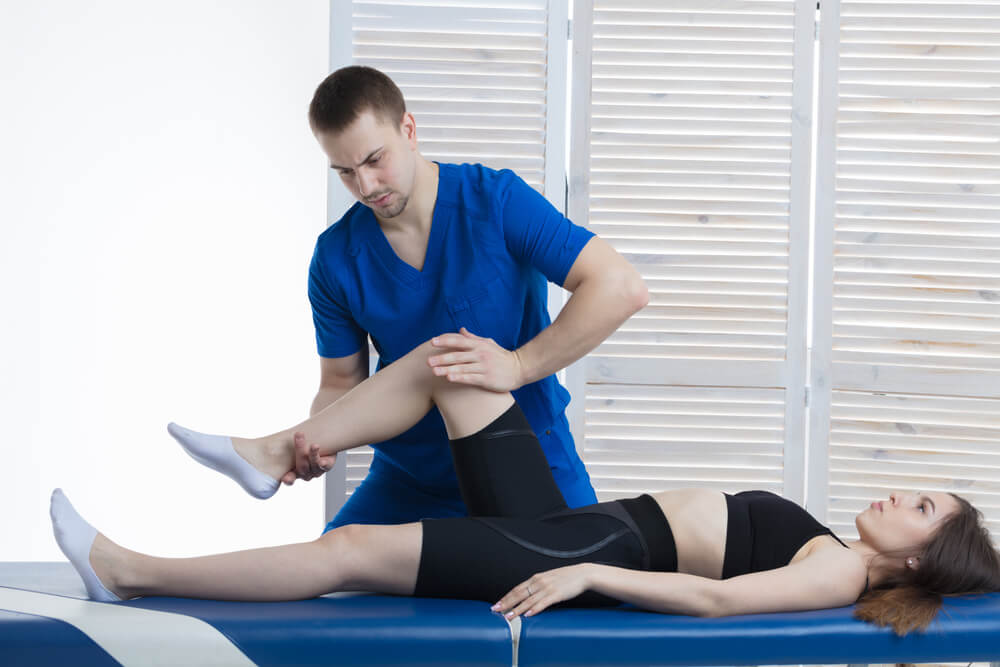When it comes to knee injuries, the anterior cruciate ligament (ACL) is one of the most commonly injured ligaments. ACL injuries can be painful and can significantly limit mobility and range of motion. Fortunately, with the help of physical therapy, it is possible to regain full function of the knee. In this article, we’ll take a look at the role of ACL physical therapy in the rehabilitation process.

Image Source=Google
ACL physical therapy is a specialized form of physical therapy that is designed to help those who have suffered an ACL injury. It focuses on strengthening, stretching, and conditioning the muscles and ligaments around the knee joint to help restore stability and function. ACL physical therapy typically begins with a thorough evaluation of the knee by a physical therapist. The therapist will assess the joint’s range of motion, strength, and stability. Based on the findings, a personalized treatment plan is designed to help the patient regain full function of the knee.
What Are the Benefits of ACL Physical Therapy?
The primary goal of ACL physical therapy is to restore the knee joint to as close to its pre-injury condition as possible. It can help to reduce pain and swelling, improve range of motion, and increase strength and stability. In addition, it can help to prevent future injuries and improve overall function of the knee. ACL physical therapy can also help to improve balance, coordination, and proprioception.
What Does ACL Physical Therapy Involve?
The specific exercises and activities included in ACL physical therapy will vary depending on the individual and the severity of the injury. Generally, the treatment plan will include exercises to improve strength, range of motion, and flexibility. It may also involve balance and coordination exercises, as well as activities to improve proprioception.
/GettyImages-1049207186-a38cc1fcd53845b9b71c8aae5a1a577f.jpg)